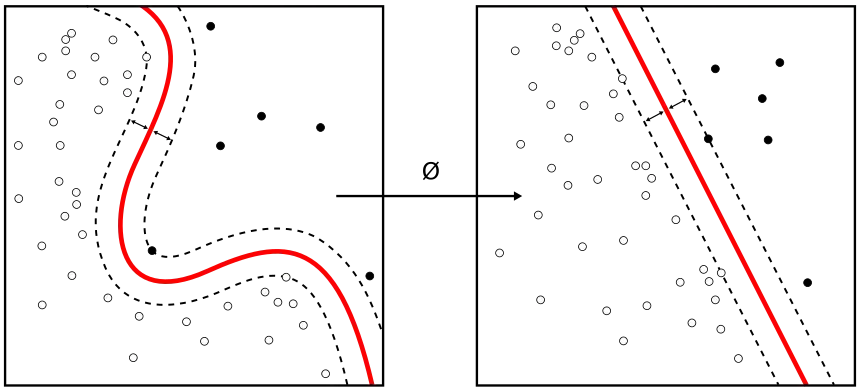Quantum Fashion-MNIST
- Chaitanya Singh
- Jul 22
- 3 min read
Updated: Jul 25

In this project, we build a simple hybrid quantum-classical classifier to tell apart two similar items: sandals vs ankle boots from the Fashion-MNIST dataset. We use TensorFlow-Quantum (TFQ) and Cirq for the quantum side, while keeping the overall flow approachable and easy to adapt for your own experiments.
Why Fashion-MNIST and why two classes?
The full Fashion-MNIST set has ten greyscale clothing categories (t-shirts, trousers, coats, etc.) at 28x28 pixels.
Today’s noisy quantum processors can only handle very small inputs, so we focus on just two classes: sandals and ankle boots.
These two are hard to distinguish even for classical methods, so they make for a meaningful binary classification task.
Downscaling and filtering
Select classes: keep only images labeled “sandal” or “ankle boot,” giving about 10 200 training samples, 1 800 validation samples and 2 000 test samples.
Normalize pixels: divide original pixel values (0 to 255) by 255 so they range from 0 to 1.
Resize to 2×2 pixels: downsample each image to exactly four pixels, then threshold at 0.5 so each pixel becomes either 0 or 1.
Encoding images into quantum circuits
Map each 2×2 image onto four qubits arranged in a 2×2 grid.
For each pixel above 0.5, apply an X gate to the corresponding qubit (flipping it from |0> to |1>). Pixels below or equal to 0.5 leave their qubits in |0>.
Each image becomes a tiny Cirq circuit that encodes the data in the qubit initial states.
Parametrized quantum circuit (PQC) model
Add one readout qubit, prepared with a Hadamard gate to start in a superposition.
Apply two layers of trainable Ising-type interactions (XX and ZZ couplings) across the four data qubits.
Finish with another Hadamard on the readout qubit. Measuring this qubit gives an expectation value between –1 and +1 that the model uses for classification.
Hybrid training with TFQ plus Keras
Build a Keras Sequential model whose trainable layer is TFQ’s PQC.
Convert our binary labels into +1 (for sandals) and –1 (for ankle boots) so hinge loss works naturally.
Use Adam optimizer at a modest learning rate and monitor a custom hinge accuracy metric that checks whether the sign of the readout matches the true label.
Training outcomes
Over ten epochs with batch size 64, you’ll see the hinge loss decrease and both train and validation accuracy rise—often into the 70–80 percent range on a simulator.
Final evaluation on the test set yields the model’s true generalization performance.
Why this matters
It shows how even a tiny quantum circuit—just five qubits in total—can take part in a real machine learning task.
The approach is modular: you can swap in different entangling layers, add more layers, or expand to more qubits and classes as hardware improves.
TensorFlow-Quantum lets you embed quantum circuits in familiar Keras workflows so you can prototype without rewriting your training loop.
Next steps
Increase image resolution to 3×3 or 4×4 (requiring 9 or 16 qubits) as your simulator or hardware allows.
Use continuous rotations rather than binary thresholding to encode pixel intensity more richly.
Benchmark against classical models like small CNNs or SVMs on the same two-class problem.
Try other datasets: any two-class grayscale or sensor-readout problem you find interesting.
This project gives you a clear recipe for end-to-end quantum-classical machine learning, from raw images to circuits to trained hybrid models. Have fun experimenting!


Comments